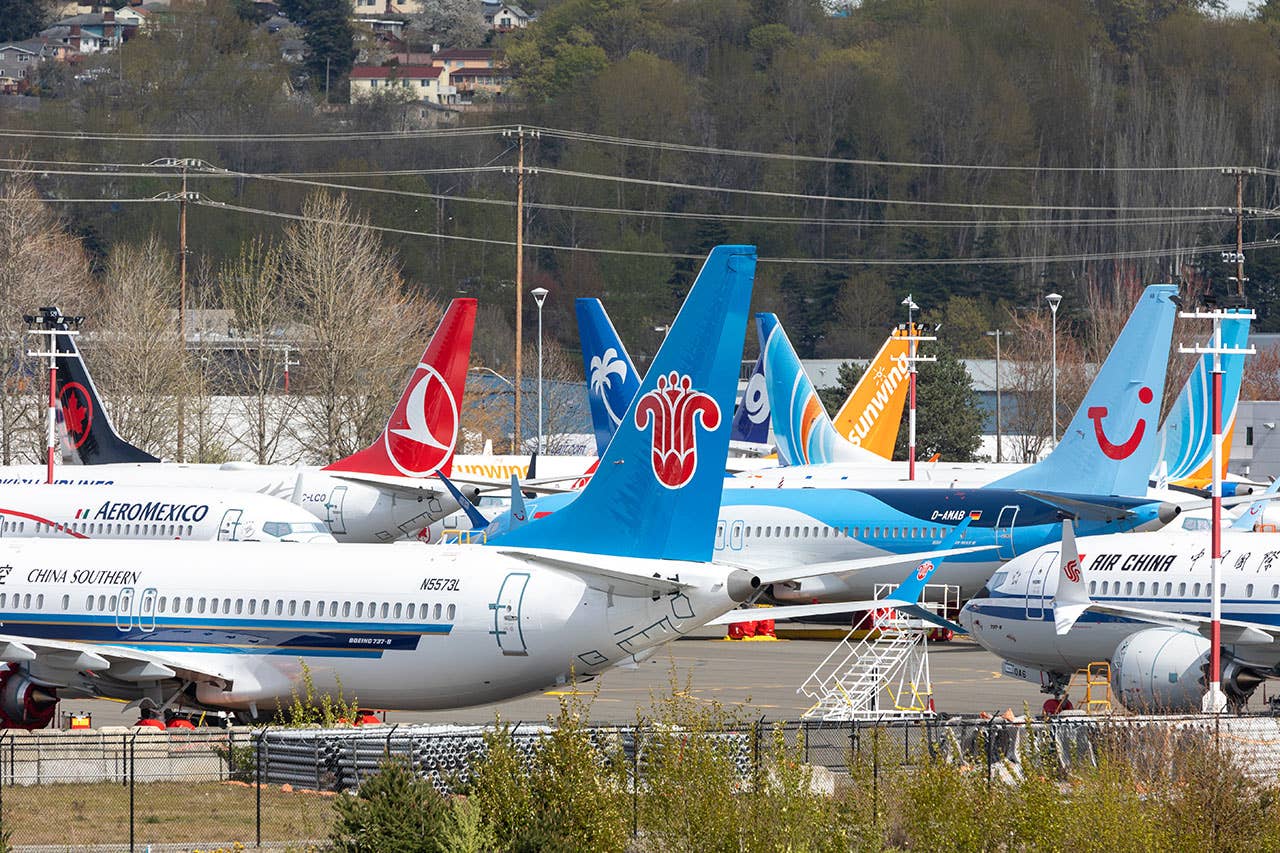House Transportation Committee Slams Boeing And FAA In 737 Max Debacle
The committee studied the troubled program for 18 months and came to two big conclusions.

Boeing 737 Max
The House Committee on Transportation and Infrastructure released its long-awaited report on its investigation into the troubled Boeing 737 Max program, and the committee spread plenty of ink in its condemnation of the roles that Boeing and the Federal Aviation Administration played in the affair. This, after two crashes, one in Indonesia in 2018 and one in Ethiopian in 2019 in which 346 people were killed. Both crashes have been tied to the computerized MCAS stability enhancement system that was introduced on the 737 line with the launch of the 737 Max.
In the 238-page report, the committee blamed Boeing for fast-tracking the program as it competed with Airbus for sales in the lucrative single-aisle short-haul airliner market, for its "culture of concealment," for the faulty design of MCAS and more. It also called into question the way that Boeing employees are also responsible for FAA certification responsibilities, a practice that is nearly universal in manufacturing.
It faulted the FAA for succumbing to pressure from Boeing not only on the factory floor but on subsequent determinations in Boeing's favor after FAA inspectors had made conflicting recommendations.
Here's the verbatim text of the bullet points of the report as announced by the House Committee.
- Production pressures that jeopardized the safety of the flying public. There was tremendous financial pressure on Boeing and the 737 MAX program to compete with Airbus' new A320neo aircraft. Among other things, this pressure resulted in extensive efforts to cut costs, maintain the 737 MAX program schedule, and avoid slowing the 737 MAX production line.
- Faulty Design and Performance Assumptions. Boeing made fundamentally faulty assumptions about critical technologies on the 737 MAX, most notably with MCAS, the software designed to automatically push the airplane's nose down in certain conditions. Boeing also expected that pilots, who were largely unaware that MCAS existed, would be able to mitigate any potential malfunction.
- Culture of Concealment. Boeing withheld crucial information from the FAA, its customers, and 737 MAX pilots, including internal test data that revealed it took a Boeing test pilot more than 10 seconds to diagnose and respond to uncommanded MCAS activation in a flight simulator, a condition the pilot described as "catastrophic." Federal guidelines assume pilots will respond to this condition within four seconds.
- Conflicted Representation. The FAA's current oversight structure with respect to Boeing creates inherent conflicts of interest that have jeopardized the safety of the flying public. The report documents multiple instances in which Boeing employees who have been authorized to perform work on behalf of the FAA failed to alert the FAA to potential safety and/or certification issues.
- Boeing's Influence Over the FAA's Oversight Structure. Multiple career FAA officials have documented examples where FAA management overruled a determination of the FAA's own technical experts at the behest of Boeing. These examples are consistent with results of a recent draft FAA employee "safety culture" survey that showed many FAA employees believed its senior leaders are more concerned with helping industry achieve its goals and are not held accountable for safety-related decisions.
In the meantime, Boeing has been working with the FAA to get the Max re-certified. Those approvals are expected soon.

Subscribe to Our Newsletter
Get the latest Plane & Pilot Magazine stories delivered directly to your inbox






